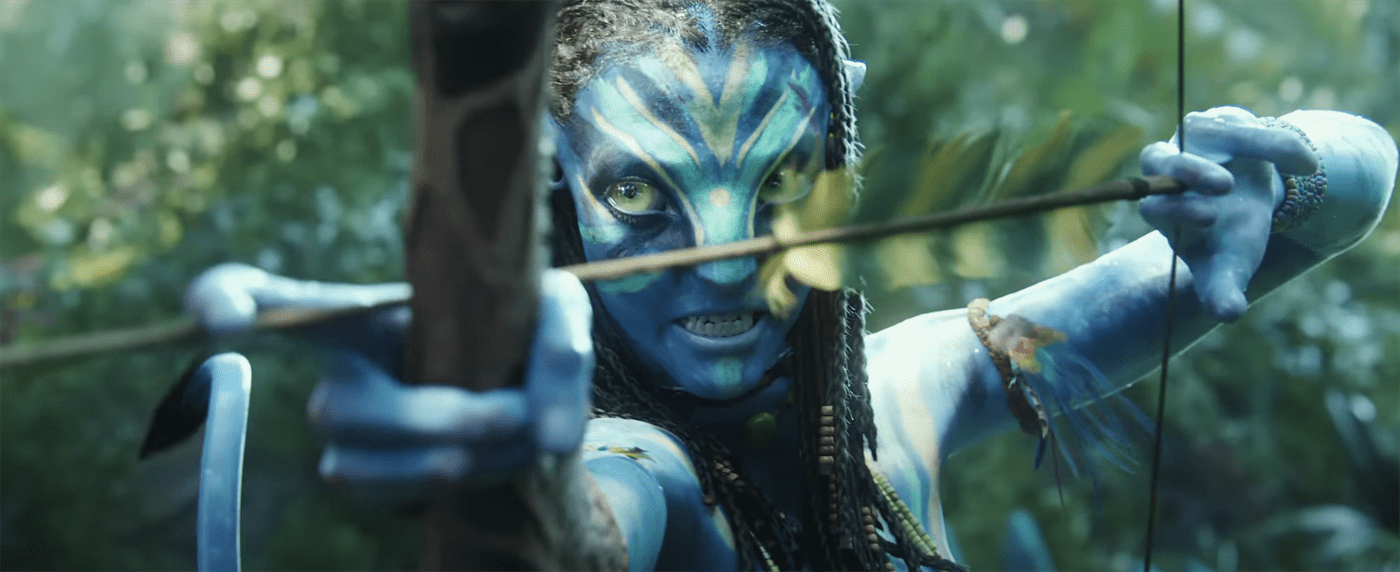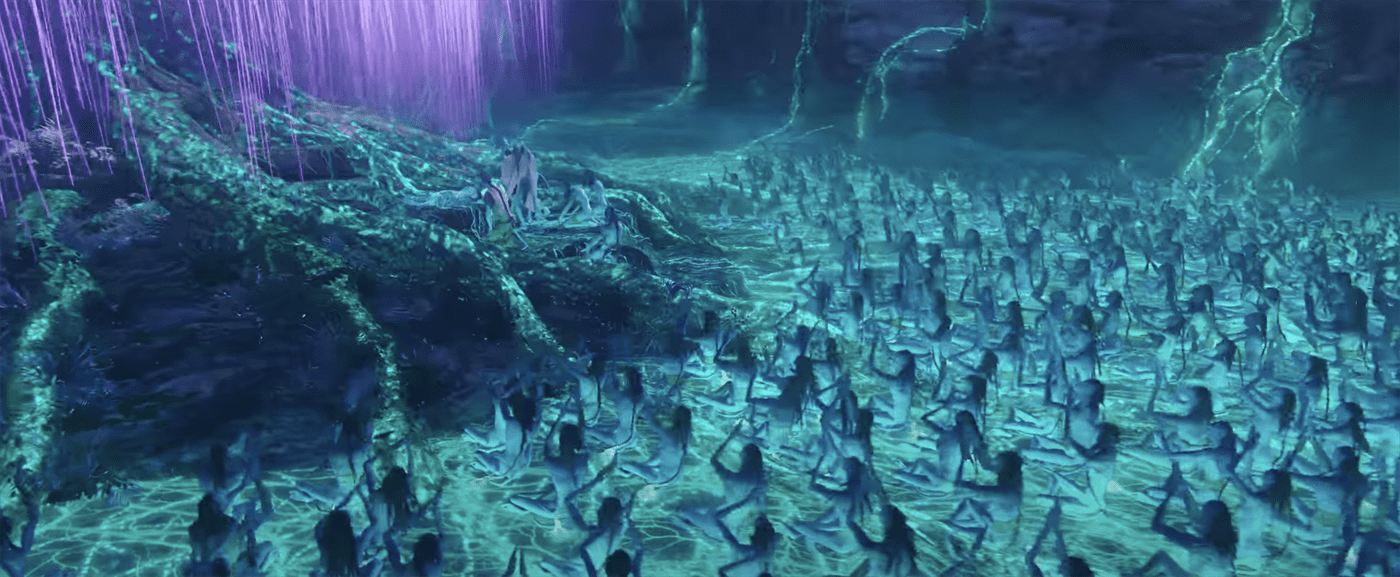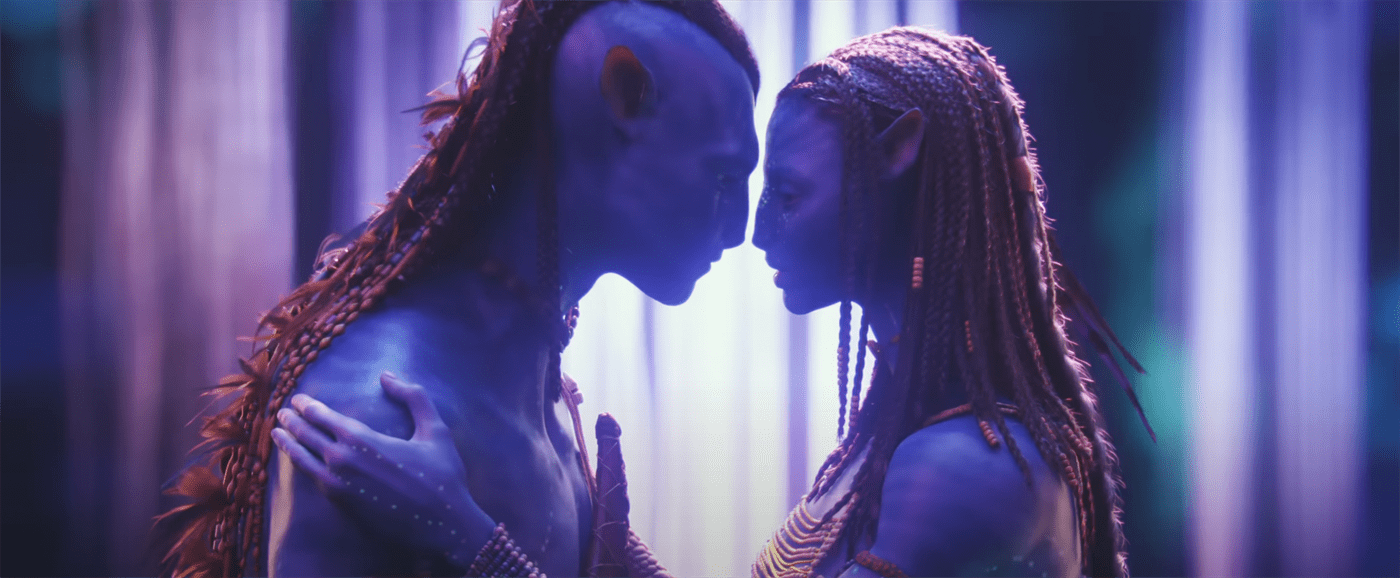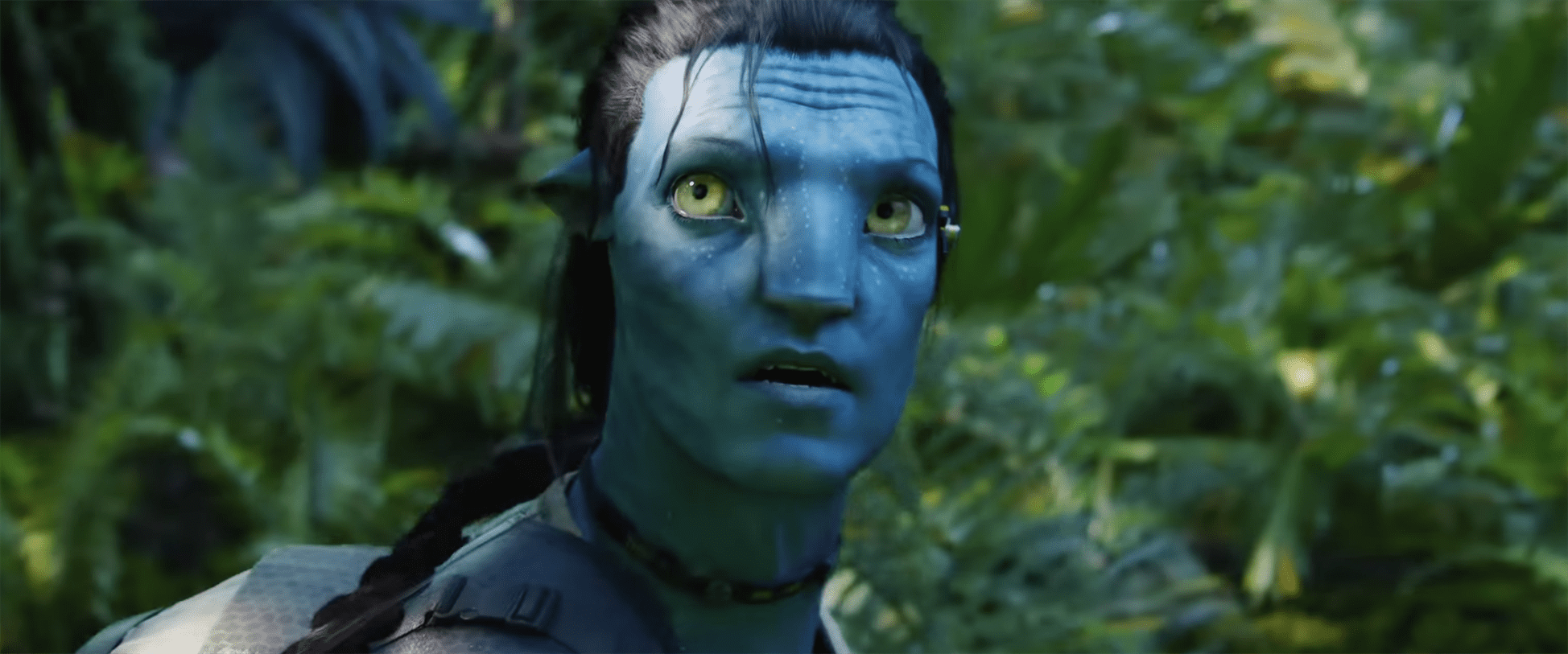James Cameron’s “Avatar” is the highest-grossing film of all time, in no small part due to the fact no one had seen anything like it in 2009. And now, in 2022, it’s being re-released to drum up excitement for the forthcoming sequel, “Avatar: The Way of Water,” and it has gotten a new coat of paint to keep it looking fresh 13 years later.
That coat of paint doesn’t include any touch-ups to the screenplay – the bad guys are still looking for “unobtainium”- so whatever mileage you got with “Avatar” in the past will likely not change here. But the technology used to bring the film back to theaters is incredibly fascinating.

The technology used to bring the film back to theaters is incredibly fascinating.
Photo courtesy of Avatar / YouTube
So what are 4K, HDR and HFR?
4K is resolution; four times the resolution of the HDTVs that exploded in the mid-to-late 2000s. “Avatar” is now in 4K, despite having been shot, edited and had all visual effects rendered in 2K. How could that be?
Cameron hasn’t said much on the matter, but little artifacts in this new edition indicate that this is upscale. This is hardly new technology; you can find plenty of AI-upscaled videos on YouTube, but it’s never been done with a live-action film on this scale. If I had to guess, it’s likely using the same technology Pixar developed to release their animated films in 4K, but again, “Avatar” is live-action.
As far as how it turns out, well, the mileage varies. Close-ups of faces look a little more artificial and smeary. Shots with the background in soft focus have strange, sharpened bokeh. But for the most part, it’s impressively subtle and adds to Cameron’s legacy of pushing the boundaries of technology in film.
HDR, short for High Dynamic Range, has everything to do with color. In layman’s terms, it’s about how bright the bright stuff can get and how dark the dark stuff can get. Depending on the artist using the technology, it can create a more vibrant, saturated image, or a more subtle, lifelike image. “Avatar” leans toward the latter, bringing the world of Pandora to life with just an extra taste of realism, with the bioluminescent aspects of the planet making for the most impressive change, shining even brighter than they did before with a new brilliant level of contrast.

The new “Avatar” brings the world of Pandora to life with just an extra taste of realism.
Photo courtesy of Avatar / YouTube
The most experimental bit of tech here, however, is HFR, short for High Frame Rate. Almost any theatrical film you’ll see runs at 24 frames per second, which has a specific, “cinematic” look, but over the past 10 years, certain filmmakers have tried to bend that rule. Peter Jackson famously shot his “Hobbit” trilogy in 48 frames per second, to mixed reviews. Ang Lee tried his own hand at a pair of HFR films, shooting the films “Billy Lynn’s Long Halftime Walk” and “Gemini Man” at an even higher frame rate of 120 frames per second, which also received mixed responses, placing those films in a strange uncanny valley.
That brings us back to “Avatar,” which was not shot in HFR, and the new sequences that use it have been generated by AI, much like the 4K upscale. And note that I said “sequences” because the entire film doesn’t run at 48 frames per second, just several hand-picked shots where the constraints of 24 frames per second affect the viewing experience. HFR is the one major flop of this remaster, aside from the fact that it’s still “Avatar,” and I spent my Friday night watching it instead of seizing what’s left of my youth. It’s quite jarring and doesn’t improve the viewing experience enough to justify getting pulled out of the film every time things start moving at an unnatural speed. It’s a big swing, and it’s executed far better than past attempts, but it’s still not quite there.
Overall, I still really don’t like “Avatar,” but this remaster is unlike anything I’ve ever seen. For fans of the original, this re-release is the best way to see the film, but if you’re not already a Na’vi devotee, steer clear.




